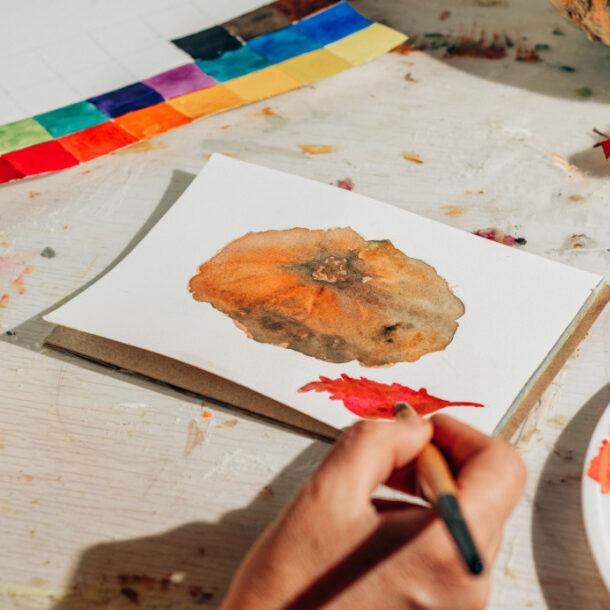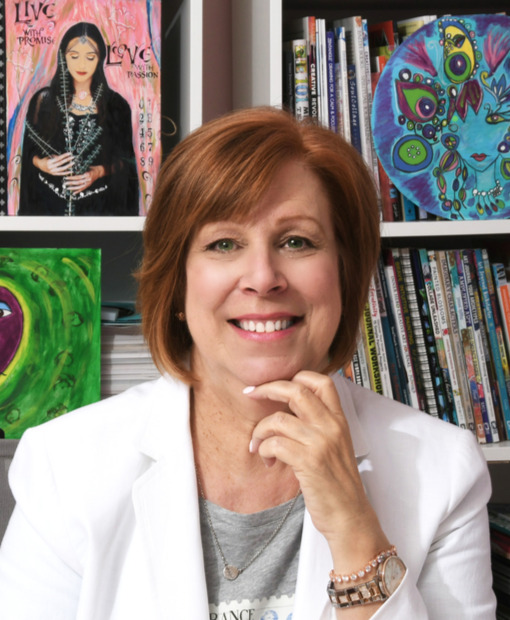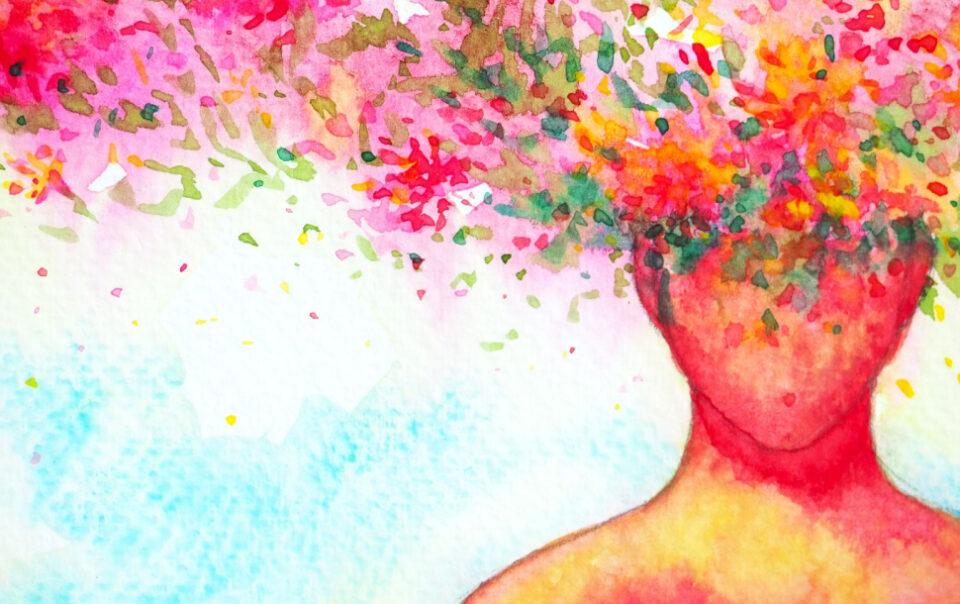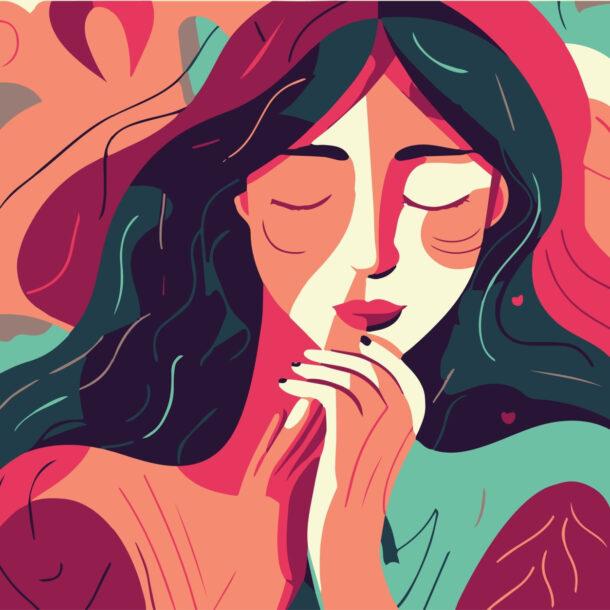
Adding Visual Elements in Your Journal Writing: A Guide for Easy Transition
Journaling is an enduring practice of self-reflection, catharsis, and exploration. For some, the power of written words in journaling is profound. However, incorporating visual elements into this traditional practice can amplify the power of self-expression, and that’s a journey we will guide you through today.
Step 1: Explore Visual Options
The first step towards making an easy transition from pure writing to integrating visual elements is exploration. You could incorporate numerous visual elements: sketches, collages, photographs, watercolors, stickers, or fabrics. These visual tools are just as capable of telling stories as words. Begin by exploring which of these forms resonates with you the most. Experiment with a few, and don’t worry about perfection.
Step 2: Create a Visual Vocabulary
Just like written words, visual elements have their own vocabulary. You will naturally start developing your visual language as you explore and experiment with different forms. Your images or sketches may take on particular meanings specific to you. For example, you might decide that a lighthouse represents hope during a challenge or the picture of a child reminds you of your fun-loving nature. Over time, these visual cues will become more intuitive and valuable to your journaling experience.
Step 3: Integrate Visuals Gradually
Transitioning to a visual journal doesn’t need to be abrupt. Start small. After completing your journal writing, reflect on your words’ emotions and ask yourself, “If this were a color or an image, what would it be?” A color might come to mind, and you could use a crayon, marker, or colored pencil to circle keywords, make a border, or color over the whole page. If an image comes to mind, you could glue it into your journal. The aim is to weave in visual components with your written entries gradually.
**tip** I like to use images to cover over some of my writing – making my journal feel more private.
Step 4: Use Visuals to Replace Written Content
Did you know that 75% of people are visually oriented? This is why social media is so dependent on imagery for successful posts. Perhaps you’ll see an image on social media that resonates with you. Save and print the image. Then, write about the image and describe what you see, including colors, motions, lines, and shapes. Add why it spoke to you. Perhaps you’re having a rough day and saw a beautiful image that reminded you of all you have to be thankful for.
Step 5: Develop a Theme
Consider developing themes for your visual elements. Themes could be based on colors, forms, or content. This offers two benefits. First, it gives your journal a sense of visual harmony. Second, it can become a creative challenge that enhances your journaling experience. Themes can change over time, with each theme reflecting a particular phase or state of mind. I began my visual journaling by exploring women’s faces, which is still my favorite element in my journals. I’ve also worked with Oracle card decks to get inspiration for themes.
Step 6: Practice Mindful Observation
As you evolve your journaling practice, try to see the world with an artist’s eye. Pay attention to the colors, patterns, and textures around you. You may find inspiration in the mundane — the curving lines of a coffee cup, the vibrant colors of a sunset, the texture of a leaf. Capture these elements in your journal.
Step 7: Get Messy
The goal isn’t to create a masterpiece but to express yourself in a richer, more vibrant way. It’s okay if your drawings are childish or your collage is messy. What matters is that these visuals capture your feelings and experiences, making your journal a more comprehensive representation of your life.
Transitioning from writing to incorporating visual elements into your journal can be a rewarding experience. It provides an avenue for creative expression that goes beyond words. However, like any new skill, it takes patience and practice. So, allow yourself to experiment, make ‘mistakes,’ and most importantly, have fun. Before long, you’ll discover a visually enriched journaling style that speaks your unique language of self-expression.
Would you like more ideas to experiment with in your journal? Check out our online classes here.

Hi! I'm Terri Altschul
Visual Journaling is a soulful, transformational, and healing process. My aim is to support your journey of individuation and personal growth through this unique process of self-inquiry + art materials. I look forward to meeting you!
Join my email list for inspiration and soul guidance.
We are delighted to invite you on a journey of self-discovery, personal growth, and creative expression where transformational coaching and captivating visual journaling converge!






